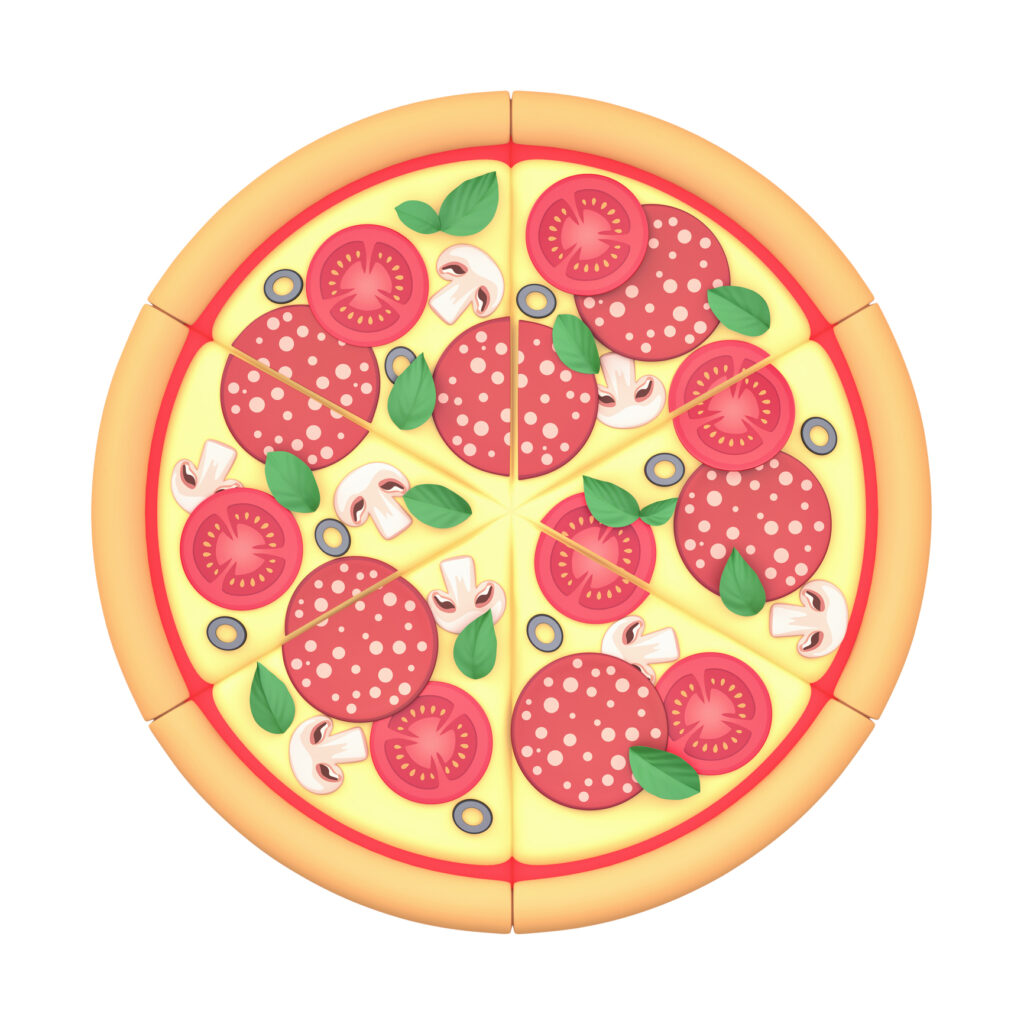
Grades 9-12

Don't have an account yet? Sign up for free
Don't have an account yet? Sign up for free
Students will be able to:

In this economic lesson, students will identify conditions in the economy to learn about the Great Depression.
Warm-up
Tell the students they are about to watch a short video clip about a bank run. Play the YouTube clip It’s A Wonderful Life Bank Run. Ask students “What did you observe?”. Make sure to highlight that the consumers of the bank were trying to get all of their money out of the bank at once. This was known as a “bank run”.
Describe to your students that today we are going to investigate “Where did all the money go?” and learn more about what led to the Great Depression. Explain that during the 1920s, most people in the United States enjoyed prosperity. But the affluence of the Roaring Twenties began to evaporate in 1929. By 1932, 12 million people were out of work. The American economy went from unprecedented economic growth in the 1920s to unprecedented misery in the 1930s. Why? Among the major reasons for the Great Depression included overproduction, restrictive trade policy, speculation in the stock market based on buying stock on credit, problems with the banking system, and tax policy. What began as a mild recession following a lengthy period of economic expansion soon became a depression. By the 1930s the amount of money in circulation had drastically decreased.
Modeling
Explain to students that they will be getting into jigsaw groups to help solve this mystery. Number students off into groups of three. Tell the students to read WHATDUNIT?. It focuses on the contrasts between the 1920s and the 1930s and poses the mystery that is central to this lesson: What caused the Great Depression?
After the students read the mystery, send the students to the Almanac: History & Government on https://www.infoplease.com/history. Assign each student a five year interval (1920-1924, 1925-1929, 1930-1935). Have each student research these five years on the site and complete that section of Clue Sheet #1 – Student Handout. Use Clue Sheet #1 – Teacher’s Guide for your reference. Place students in groups of three, one for each time period, to share the information with one another until every student has completed Clue Sheet #1.
In a class discussion, have students engage in debriefing questions using the Kahoot! Game to check for understanding.
Group Activity
Use the same groups of three and assign each person in the group a section from Clue Sheet #2 – Student Handout. (Labor and employment, Poverty and Income, and Economy and Government). Use Clue Sheet #2 – Teacher’s Guide for your reference. The Internet sites for each section can be found on Clue Sheet #2. As the students do the research, have them complete Clue Sheet #2, which is a series of questions, so that they can suggest how these factors contributed to the Great Depression. The sites deal with labor and employment, poverty and income, and the economy and government.
When they have finished, each group shares their answers and then the class answers the following questions:
[The lower the unemployment rate, the higher the level of income. When unemployment increases, total income drops.]
[Total demand for food decreased while the supply remained relatively stable causing food prices to fall reducing farm income lower than everyone else’s.]
[Government spending decreased when WWI ended. Many believed the federal budget should be balanced and the government had accumulated large debts during the war.]
Using the car as an example, have students brainstorm what businesses began or grew because of the mass production of the automobile. (These would include suppliers to both industries, capital equipment manufacturers, producers of complementary goods, construction industry.) Point out to students the following: Suppliers provide all the parts and materials needed to make a car and the car companies assemble those parts. Capital goods are the factory, tools, and the machinery used in production. Complementary goods are ones that develop because cars became the main means of transportation. Examples of these would be roads, gas stations, hotels, restaurants, repair shops, housing, etc.
Individual Activity
Have students complete the Interdependence Web Activity. Within this interactive activity, students will drag the businesses to the column for suppliers, complementary goods/services, or capital goods to see how many businesses are related to one another.
After the students have completed the interdependence web, review what they have discovered about economic interdependence and the Great Depression by discussing the following:
[production workers, machinists, office staffs, managers, salespeople, maintenance staff, transport workers, finance people, etc.]
[spend, pay taxes, and save]
[All three, spending on goods and services, taxes, and savings will decline. If people lose their savings first, spending declines then also causing more layoffs and another decrease in jobs.]
[list all the ones from the web]
Students will apply their understanding by playing a Quizlet review game.
Activity 1
Have students create an Interdependence Web that shows the businesses related to the smartphone revolution. Make sure they’ve completed the Interdependence Web Activity so they have an idea of what their final product should resemble.
[Plastics, chips, glass, sand, silicon, wiring, packaging material, distributors, advertising, speakers, peripherals, software, disks, stores, training and consulting, electricity, printers, repair services]
Have students explain the relationships among these businesses and predict what would happen in the economy if interest rates rose by 5% or more.
[If the interest rates rise, it makes borrowing more expensive. Many consumers and businesses already have smartphones with which they could make due. Consequently, they do not purchase new systems. First the smartphone manufacturer begins to lay off employees and decreases orders for supplies to make the phones. They also may cut back on advertising to save money. Suppliers now have fewer orders and they begin to cut back on their workforce. The demand for complementary goods declines such as software and that industry is hit next. Peoples’ incomes decline and spending is further reduced. Tax revenues decrease as people are laid off but government spending increases as people qualify for unemployment, Medicaid, etc. Savings decline and interest rates increase further.]

Grades 9-12

Grades 9-12

Content Partner
Grades 6-8, 9-12

Grades 6-8, 9-12
